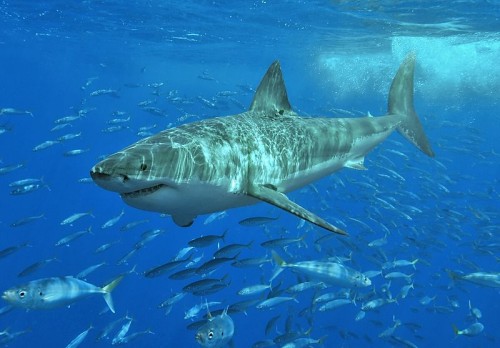When tech imitates life: 7 examples of biomimicry
Posted by staff / April 27, 2013 biomimicryinconveniencesingenuityLiveScienceshark skinTanya Lewis

We humans often think we have the ingenuity to solve all of life’s little inconveniences by using that big brain Mother Nature bestowed on us, but when we’re in a bind, we’ve started to return to nature in the tech sense to get the job done.
LiveScience’s Tanya Lewis presented seven fascinating examples of how we’re starting to follow the rest of the animal kingdom’s example in the field of biomimicry.
Sleek shark skinSharks, the stealthy predators of the deep, may have a thing or two to teach the U.S. Navy. Shark skin contains sleek scales that resemble tiny teeth and are made of a tough material called dentin. The scales create tiny vortices in the water that reduce drag, studies have shown. Shark skin also prevents barnacles and other organisms from glomming on, something called bio-fouling (those sticky creatures cost the Navy at least $50 million each year, one Navy scientist estimated.) The scales are constantly in flux, limiting the surface area to which marine hitchhikers can attach…Flesh-grabbing wormsA new technique for attaching skin grafts— transplants used to treat wounds or burns — takes its design from a parasitic worm, of all things. The spiny-headed worm Pomphorhynchus laevis pierces the intestines of its hosts with a razorlike spine, then inflates its cactuslike head inside the tissue to latch on…
Full story at LiveScience.
Photo credit: Terry Goss
Comments are off for this post.